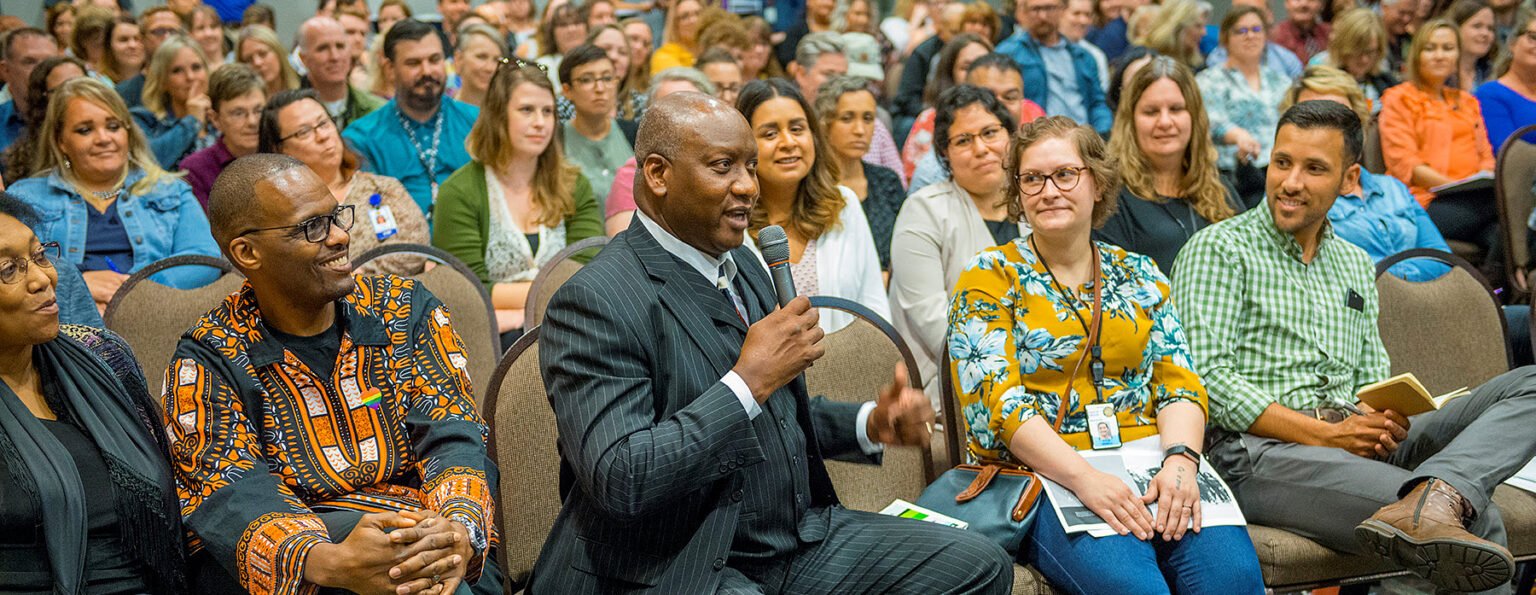
Hearing Loops are the gold standard for assistive listening systems, and preferred by users. Hearing loops are the easiest to use – just click a button on the hearing aid or cochlear implant* to instantly connect to the room’s PA system. No equipment to borrow; discrete.
People with Hearing Loss in USA (1 in 5)
0
M+
"Having the speaker’s presentation going right into your hearing aids improves the quality of what you hear, what you retain and the amount of energy you expend to hear. I didn’t miss 30 or 40 percent of the presentation."

R. Smith
Wisconsin
Why do people need assistive listening systems?
In many settings, hearing aids are insufficient, because turning up their volume magnifies extraneous noise and reverberation as well as the desired “signal.” Assistive listening systems clarify sound by eliminating the negative effects of distance, noise, and reverberation.
*for hearing devices with telecoils. Others without hearing aids or without telecoils, can borrow headphones from the site.
